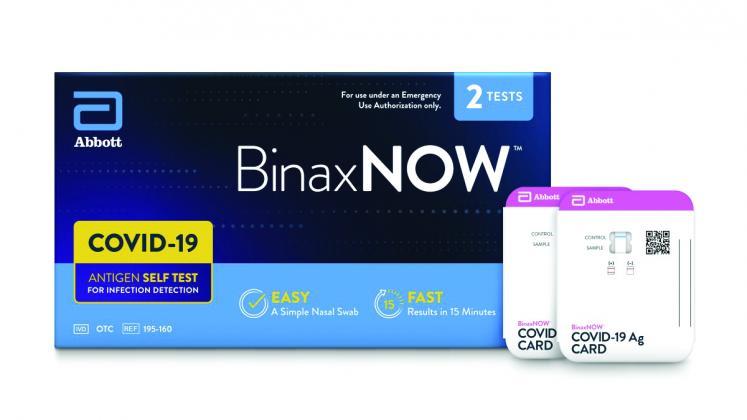While Southeast Texas residents seeking a COVID-19 test have several drive-thru options, from family owned pharmacies to national and global chains, purchasing rapid and polymerase chain reaction (PCR) tests is more problematic.
“PCR has a whole lot higher sensitivity than rapid tests. ‘Sensitive’ refers to how many times, when you are positive, you test positive,” explained Beaumont Baptist Hospital COVID Unit Lead Intensivist Dr. Qamar Arfeen. “Rapid antigen testing misses one-quarter of the cases. So, it is more sensitive when you’re having symptoms – if you make sure it’s done properly.
“If you think you have COVID and the test is negative, you should retest yourself again in a few hours or the next day. If you’re getting sick, and you suspect you have COVID, go somewhere where they will do a PCR test, which is a very sensitive test.”
CVS and Walgreens locations offer free, drive-thru testing, with wait times ranging between a couple minutes to half an hour depending on a few factors like time and place. Representatives recommend calling ahead or making an appointment online to ensure a test.
The home tests that give instant results are all antigen. However, there are home kits that require mailing a sample to a lab that use molecular technology. Whereas testing at pharmacies and doctor’s offices is typically free or covered by insurance, insurance companies may not cover the cost of a home test, which may cost anywhere from $10 to $38 for one.
“Because the samples are, for the most part, collected in the same way for both, the differences between the two kinds of tests are largely in how they’re processed,” according to a report from a consortium of Yale University doctors. “Molecular tests are generally more accurate and mostly processed in a laboratory, which takes longer; antigen tests – which are sometimes referred to as ‘rapid tests’ – are processed pretty much anywhere, including in a doctor’s office, pharmacies, or even at home. You can get antigen test results in about 15 minutes, but they tend to be less accurate.”
The first test created to detect COVID – and still the most widely used – is a molecular test called PCR (polymerase chain reaction), says Dr. Sheldon Campbell, a Yale Medicine pathologist and microbiologist. “PCR and similar tests look for the COVID virus’ RNA. They tend to be quite sensitive, but even among these, they are on a continuum of sensitivity and vary a whole lot.”
Although out of stock locally and online, Walgreens carries BinaxNow, QuickVue and InteliSwab COVID-19 rapid, antigen tests, with each priced at $24. Similarly out of stock, CVS pharmacies also carry the aforementioned tests. Both chains also offer a $10 option with Flowflex antigen tests. However, due to increasing demand, the tests aren’t available for same-day pickup, and local pharmacy representatives say they aren’t sure when supply will be received.
The more-reliable PCR tests, which take 1-2 days for responses, can be found at Walgreens for $100 to $125. Sheer demand for the product means these at-home tests also must be shipped to customers and are out of stock as of publication.
Centers for Disease Control and Prevention (CDC) officials advise persons exposed to COVID to seek a test after a period of isolation, according to a Jan. 9 report.
“If an individual has access to a test and wants to test, the best approach is to use an antigen test towards the end of the five-day isolation period,” wrote the CDC. “Collect the test sample only if you are fever-free for 24 hours without the use of fever-reducing medication and your other symptoms have improved (loss of taste and smell may persist for weeks or months after recovery and need not delay the end of isolation).
“If your test result is positive, you should continue to isolate until day 10. If your test result is negative, you can end isolation, but continue to wear a well-fitting mask around others at home and in public until day 10. To improve results, rapid, antigen tests should be used twice over a three-day period with at least 24 hours and no more than 48 hours between tests.”



